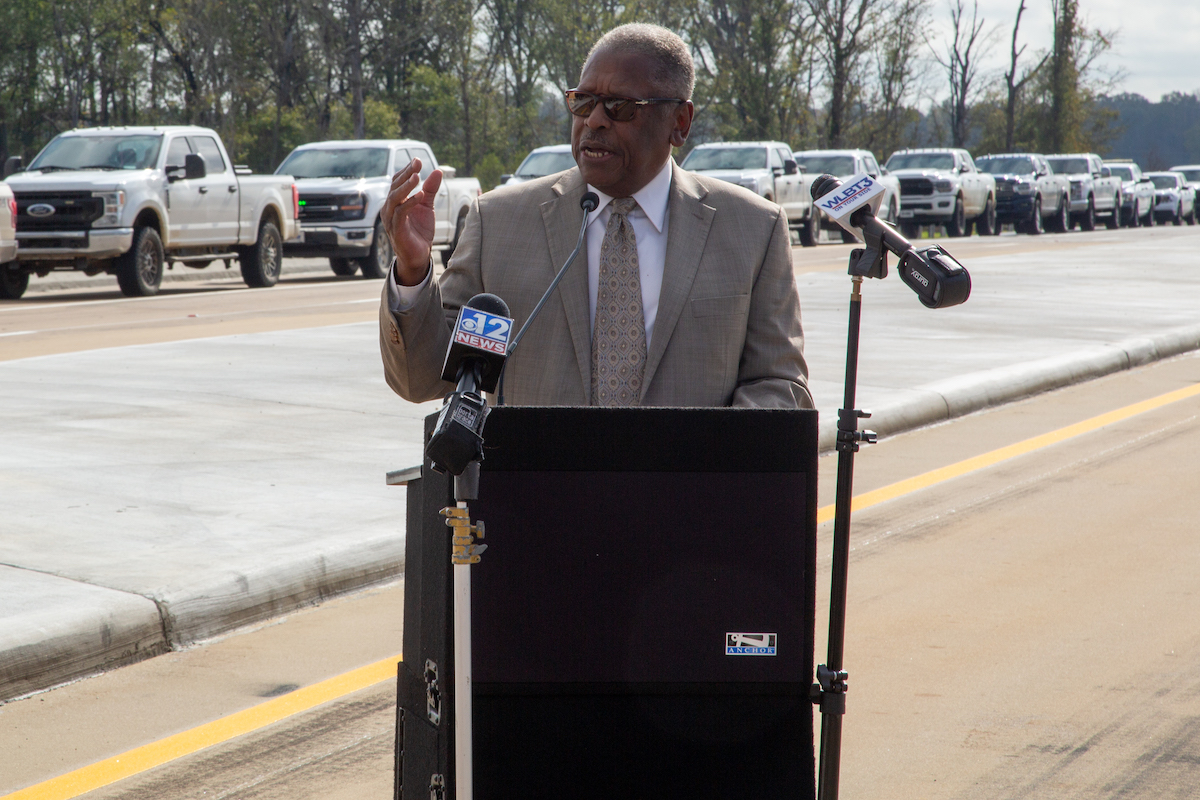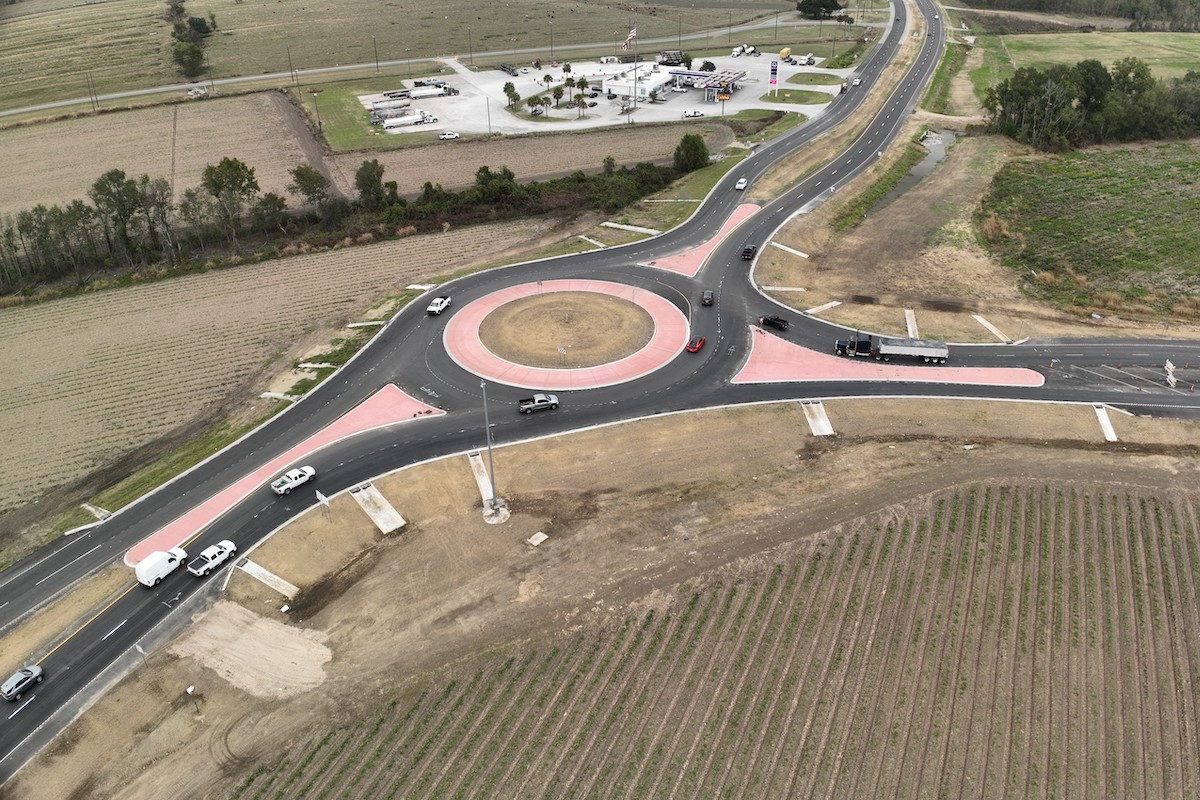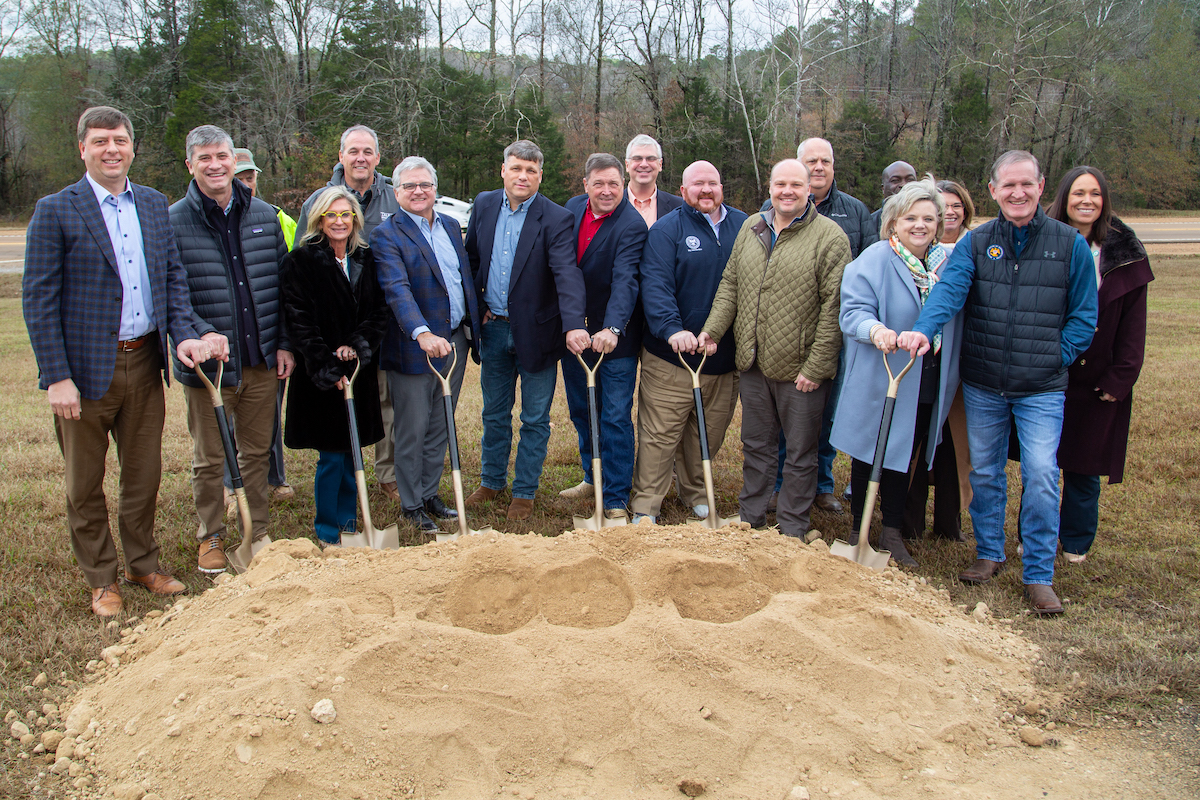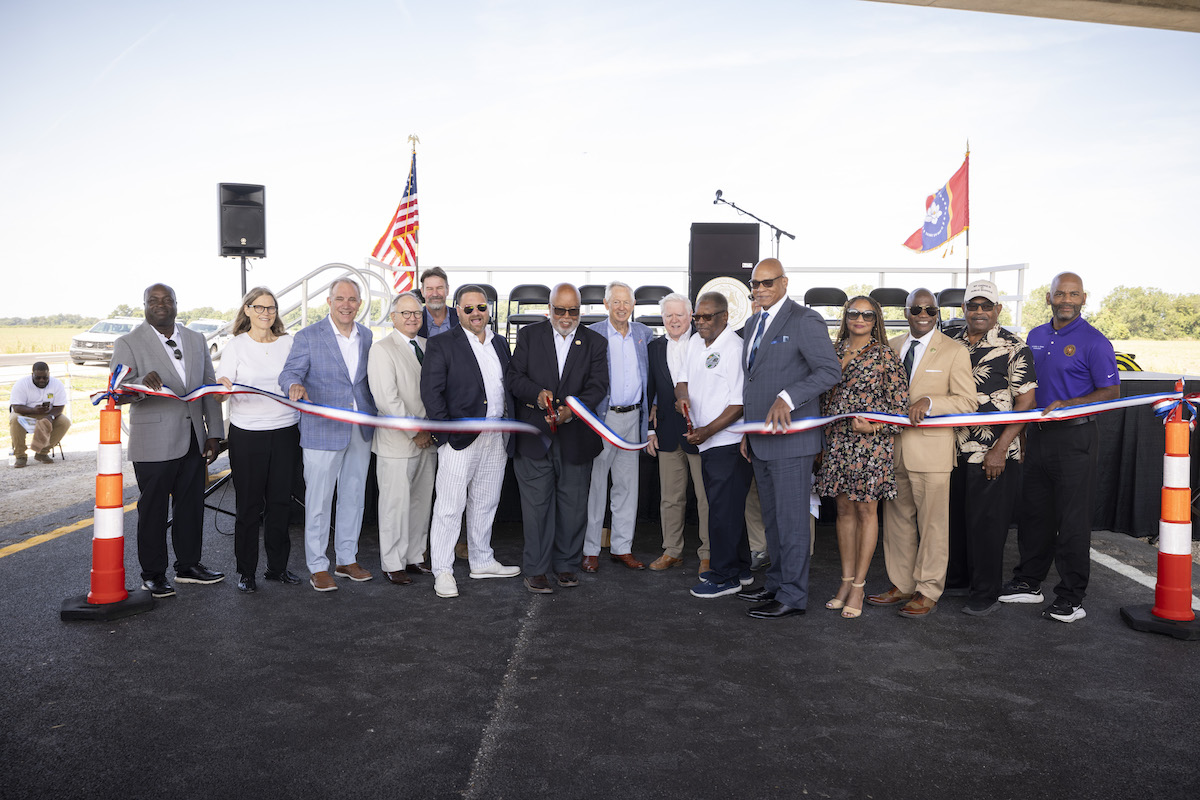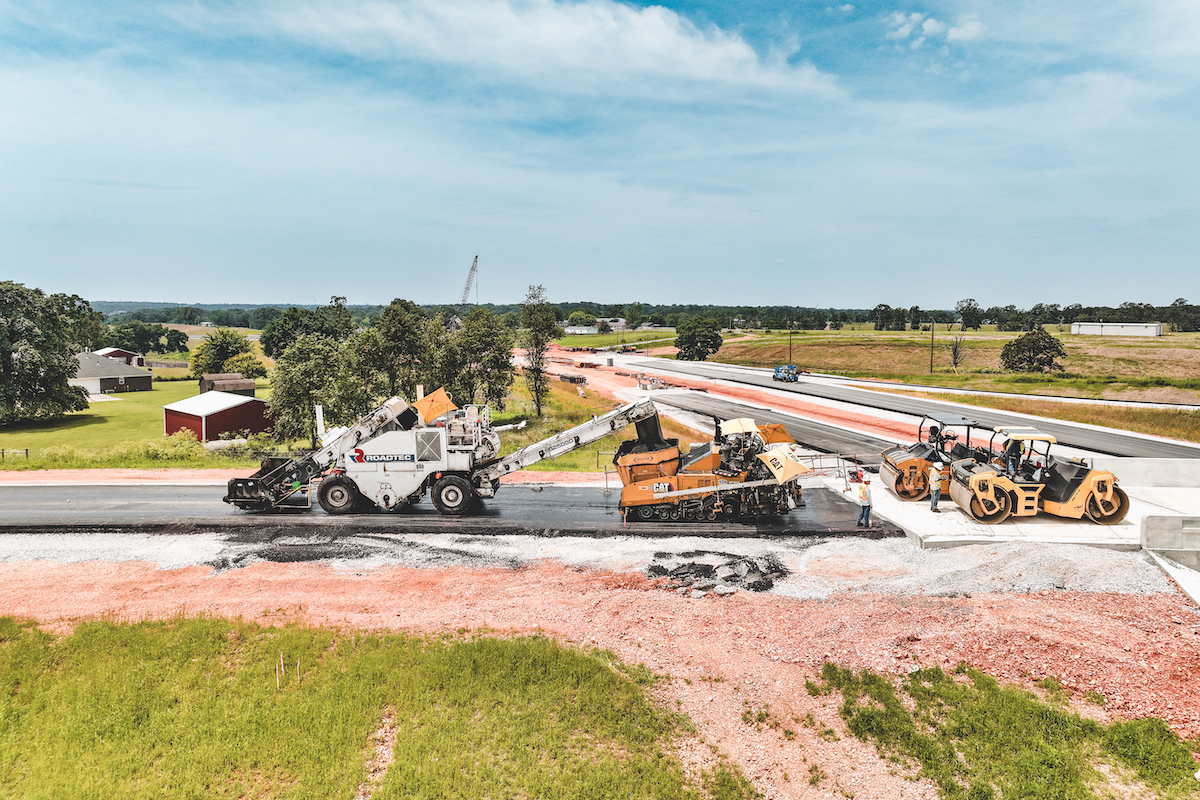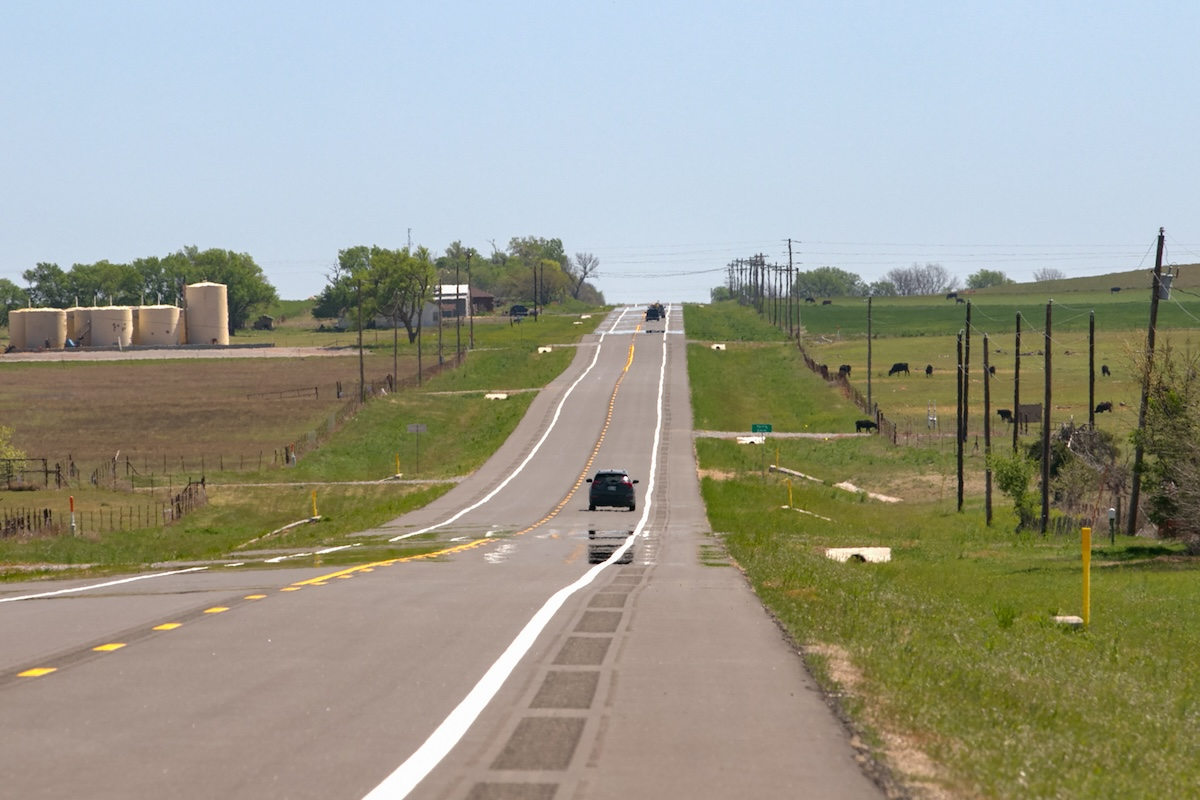Tennessee’s freight network is strong and plays a major role in the national economy as a key mobility hub and its energy grid has been reliable, allowing families and businesses to operate efficiently. Many of the state’s systems are performing at or above national averages; however, a surge in population growth, increasingly severe weather impacts, and insufficient data on the current condition of several infrastructure sectors threaten the long-term viability of the state’s overall network. Civil engineers graded aviation (C+), bridges (B), dams (D+), drinking water (C+), energy (C+), inland waterways (C), parks (C+), rail (C), roads (C), solid waste (C+), stormwater (C+), transit (D+), and wastewater (C-).
Airports (C+) were one of the few categories to see a grade drop in Tennessee. Major commercial airports saw massive growth over the last decade in the state. Memphis International Airport remains the biggest freight operation in the United States with FedEx’s world hub operation, and passengers at Nashville International Airport doubled between 2010 and 2019. However, caps on the fuel tax and limitations on passenger facilities charges present problems in the future. Since lawmakers passed the fuel tax cap, funding for state aviation projects has been cut by more than half. Tennessee airports face a $3 billion funding gap from 2019-2023. If the gap were closed, the associated projects would create more than 65,000 jobs.
Tennessee roads (C) are generally in good or fair condition, with only .04 percent of interstate highways in poor condition. The Bipartisan Infrastructure Law will provide $6.86 billion in funding for Tennessee roads over the next five years, which could increase the state’s GDP by $1.42 billion each year. Traffic continues to be an issue in the region, costing the region’s economy $1.2 billion per year according to 2018 data. With the influx of residents, the state will need to find ways to alleviate bottlenecks as current projections expect an increase in congestion.
Tennessee’s rapid growth has led to increasing stormwater (C+) concerns, as growth in heavily populated parts of the state means more hard surfaces on the ground, which leads pollutants into waterways. Of the waterways that have been tested at least 56 percent have pollutants, yet only 46 percent of the total waterway systems have been tested. Twenty-two cities in Tennessee have implemented stormwater utility fees, which help maintain stormwater systems and manage flooding.

| Your local Hitachi dealer |
|---|
| ASCO Equipment |
| CLM Equipment Co |












